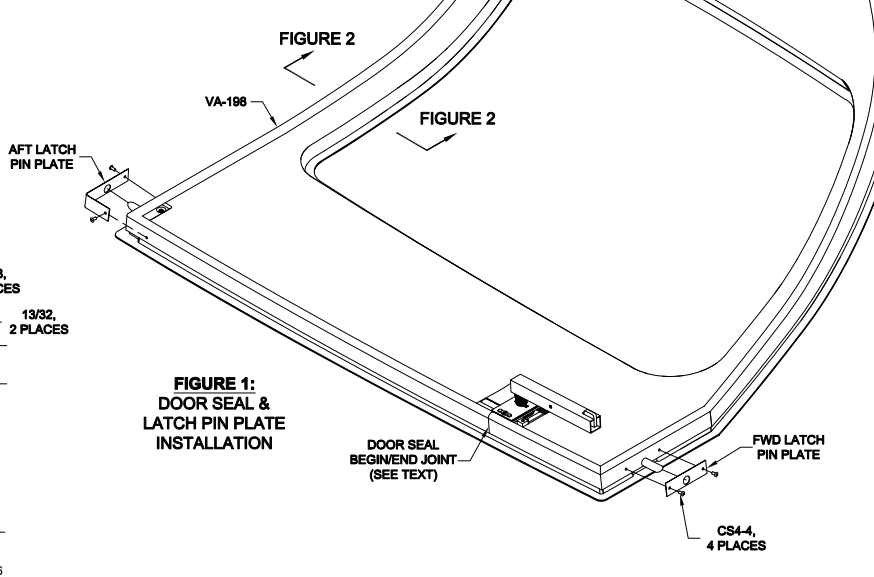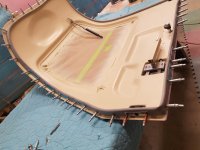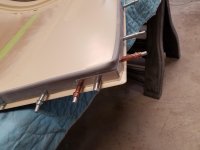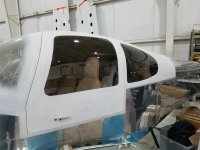rdamazio
Well Known Member
Hi everyone.
On page 45-17, the plans have you fabricate and install the fwd/aft latch pin plates around the pins. I'm wondering: are those still necessary if using the McMaster seal and the Planearound pin blocks (which are larger/fill the gap properly)? I don't really understand their purpose, so it's hard to tell.

Thanks
Rodrigo
On page 45-17, the plans have you fabricate and install the fwd/aft latch pin plates around the pins. I'm wondering: are those still necessary if using the McMaster seal and the Planearound pin blocks (which are larger/fill the gap properly)? I don't really understand their purpose, so it's hard to tell.

Thanks
Rodrigo







